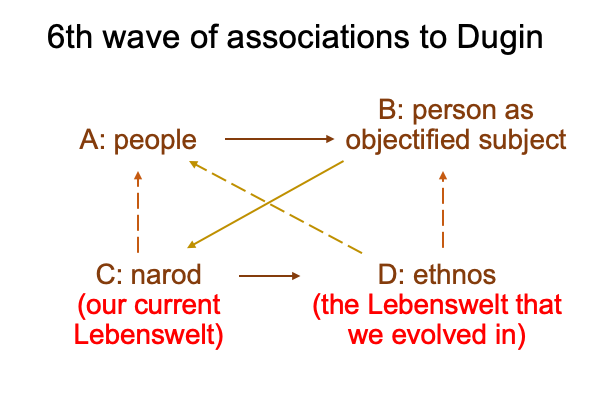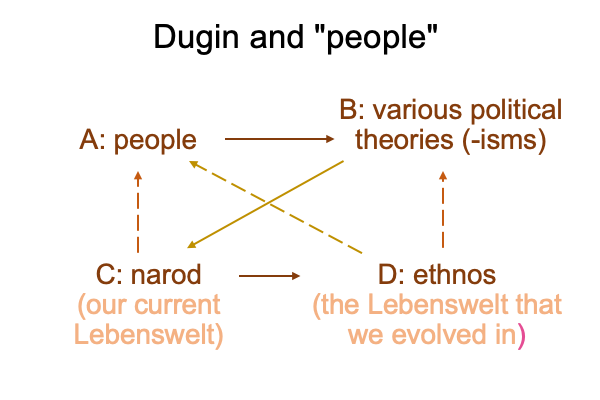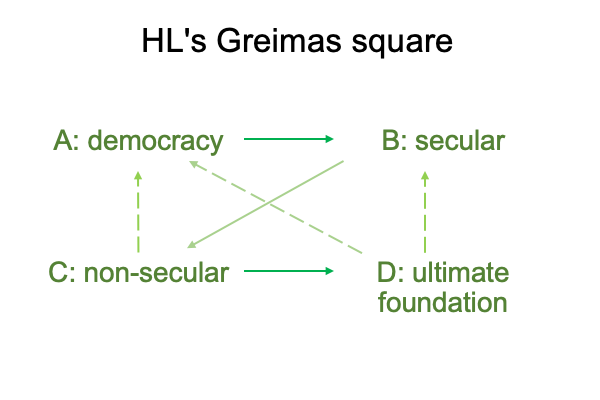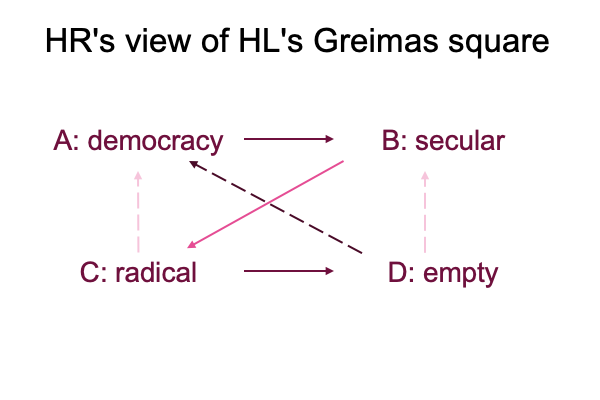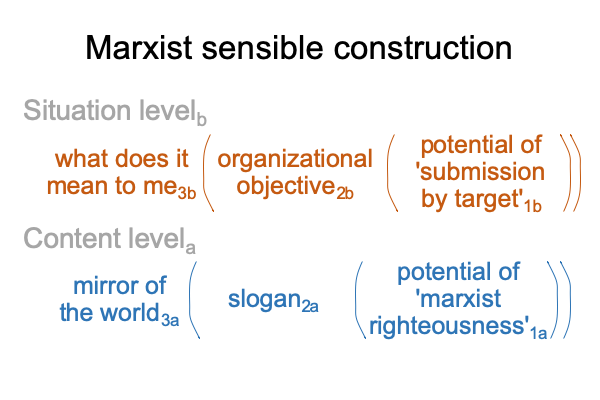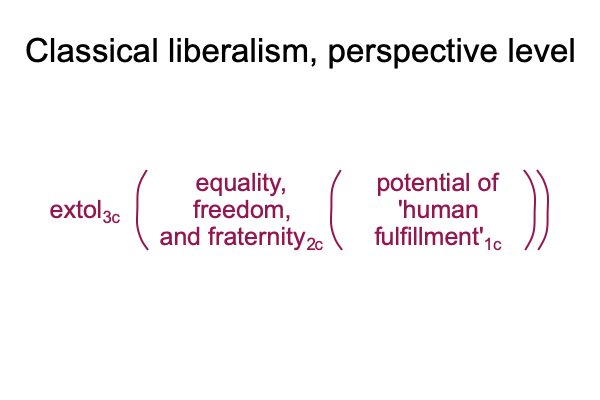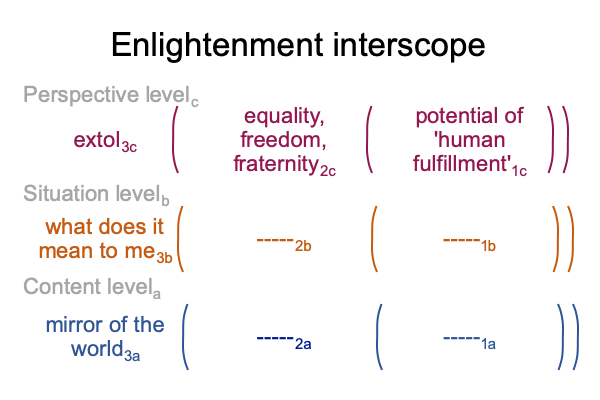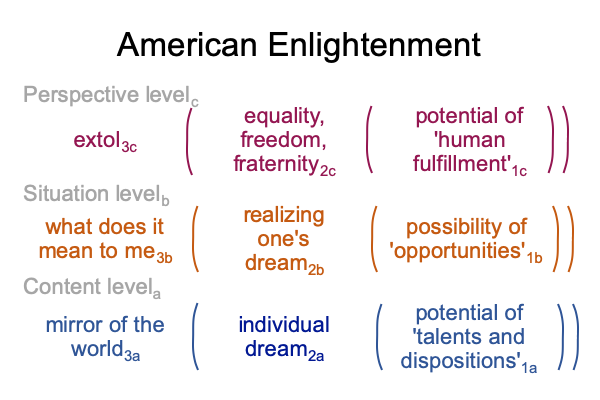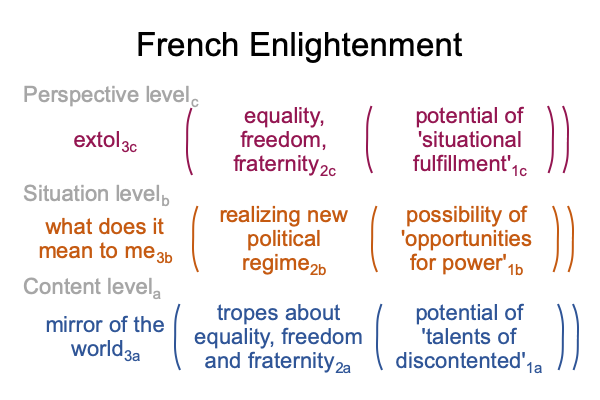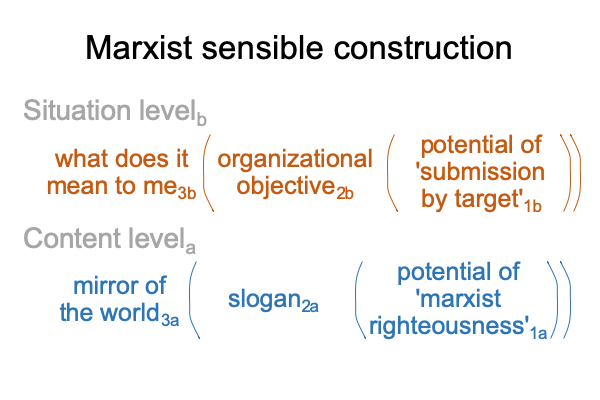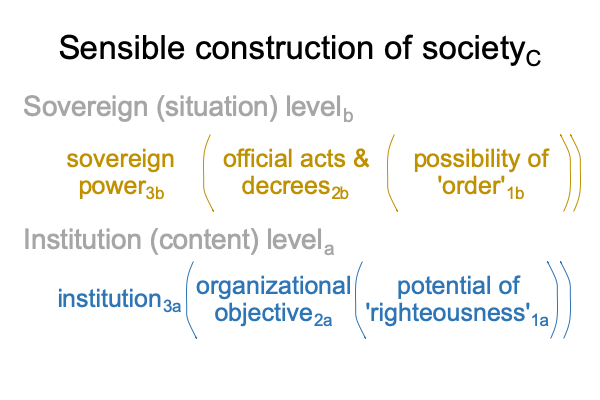Looking at Glenn Diesen’s Book (2019) “The Decay … And Resurgence…” (Part 1 of 21)
0001 The book before me is Dr. Glenn Diesen’s contribution to Routledge’s Series, Rethinking Asia and International Relations. The text carries the full title of The Decay of Western Civilization and the Resurgence of Russia: Between Gemeinschaft and Gesellschaft. The series editor is Emilian Kavalski, the Li Dak Sum Chair in China-Eurasia Relations and International Studies at the University of Nottingham in Ningho, China. At the time of publication, Dr. Diesen is a Visiting Scholar at the Higher School of Economics in Moscow and Adjunct Research Fellow at Western Sydney University. Diesen’s research interests are in international relations, political science, international political economy and Russian studies. Say nothing of history.
0002 So… um… how does this book overlap with my interests?
I am interested in civilization. The persistent question that arises in Razie Mah’s masterwork, An Archaeology of the Fall,is, “What potentiates civilisation?”
0003 Consider the hypothesis of the first singularity.
The evolution of talk is not the same as the evolution of language. Our capacities for language evolve in the milieu of hand talk. The ancestor to our own species practices fully linguistic hand talk. Very successfully, I might add. The voice is recruited to assist in synchronizing large groups (plus, a little sexual selection gets thrown in). Once the vocal tract is under voluntary neural control, speech is added to hand talk at the start of our own species, Homo sapiens.
Homo sapiens practices a dual-mode of talking, hand-speech talk, for over 200,000 years before the first singularity. The first singularity starts with the Ubaid of southern Mesopotamia.
As the ocean levels rise at the start of our current interglacial, two hand-speech talking cultures in the then dry Persian Gulf are forced into the same territory. One is a Mesolithic fishing culture occupying the river ravines and coast. The other is a Developed Neolithic culture (agriculture mixed in with stockbreeding). These two cultures meld, forming a pidgin then a creole language. That creole language turns out to be the first instance of speech-alone talk.
0004 The semiotic qualities of speech-alone talk are significantly different than hand-speech talk (and hand-talk). I won’t get into the details, but the consequences are enormous.
Hand-speech talk facilitates constrained social complexity (which, to me, calls to mind Diesen’s term, “gemeinschaft”, literally translated into the “rod of generality”, coinciding with tradition, intuition and, what modern scientists deride as “irrational thought”).
Speech-alone talk permits unconstrained social complexity. Spoken words can be used to label things that cannot be pictured at pointed to, such as the term, “gesellschaft” (another one of Diesen’s key terms, literally translated into the “rod of the journeyman”, coinciding with specialization, analysis and, what scientists misleadingly call “rational thought”).
0005 The Ubaid of southern Mesopotamia starts, say, 7800 years ago, which I label 0 Ubaid Zero Prime (0 U0′ or “zero uh-oh prime”, with “uh-oh” expressed as if reacting to an accident or a mishap).
At 0 U0′, the Ubaid of southern Mesopotamia is the only culture in the world practicing speech-alone talk. All the other Neolithic, Epipaleolithic and Mesolithic cultures of the time practice hand-speech talk.
Today, all civilizations practice speech-alone talk. The only (now dying) cultures that remember their hand-speech traditions are the Australian Aborigines and the North American Plains Indians. Both are losing the hand-component of their hand-speech talk, due to exposure to speech-alone talking cultures and civilizations. The receding of original justice, when all social circles work in harmony towards human flourishing in a world of signification, is nearly complete.
0006 Weirdly, that recession lies beneath the surface of recently examined books in anthropology.
Consider the following reviews, appearing in the Razie Mah blog.
Looking at Ian Hodder’s Book (2018) “Where Are We Heading?” (June 2023)Looking at David Graeber and David Wengrow’s Chapter (2021) “Why The State Has No Origins” (March 2023)

